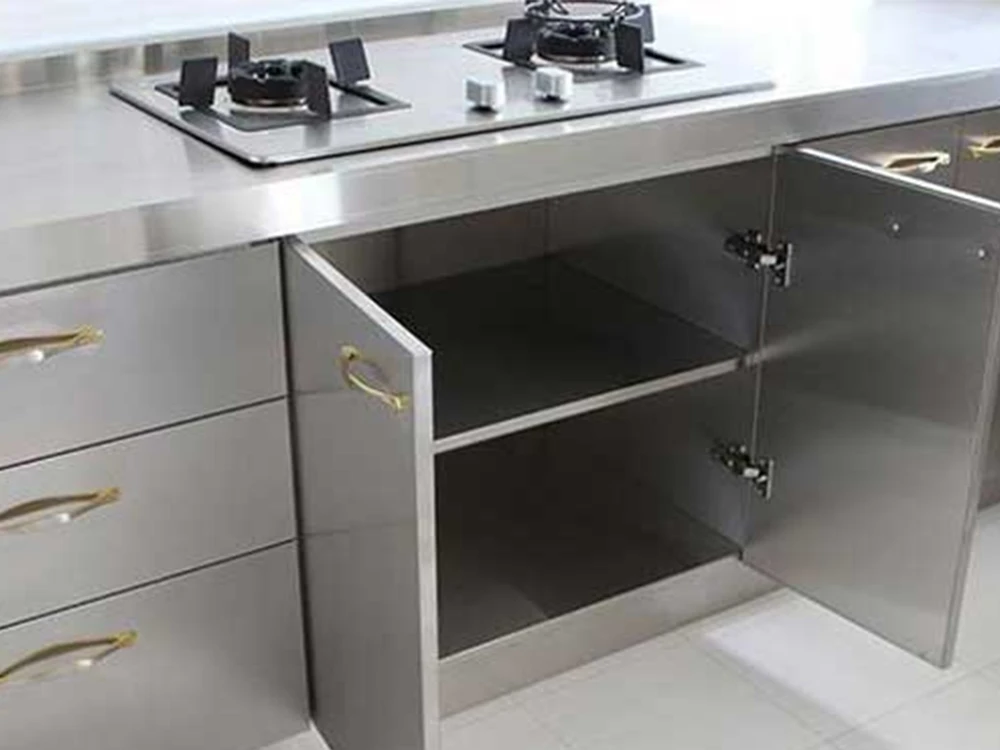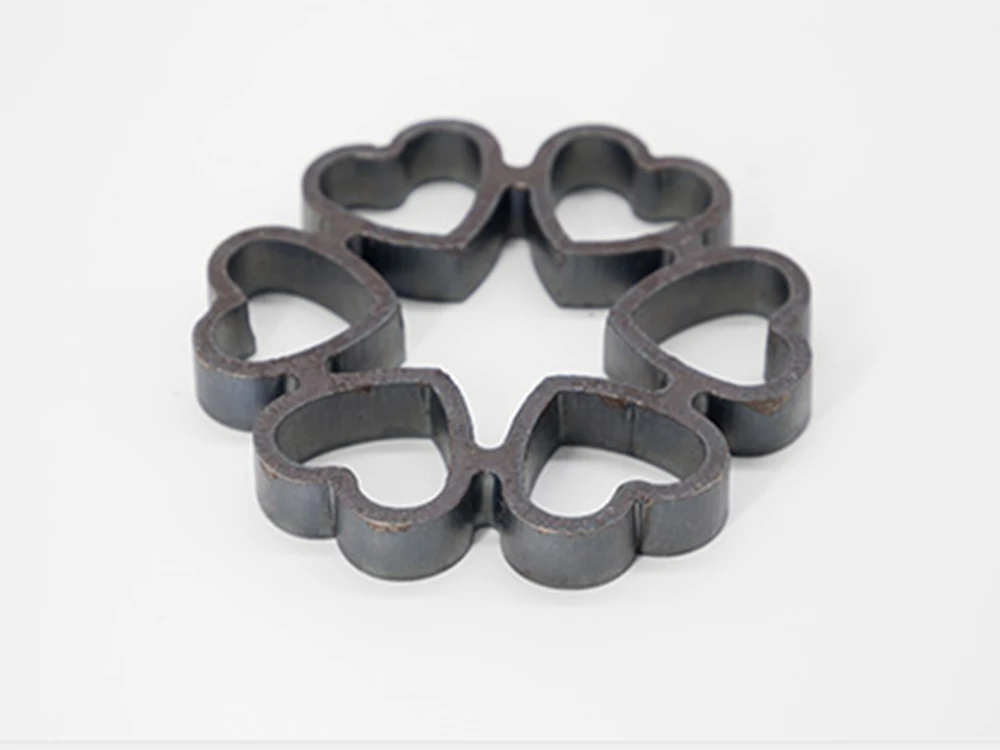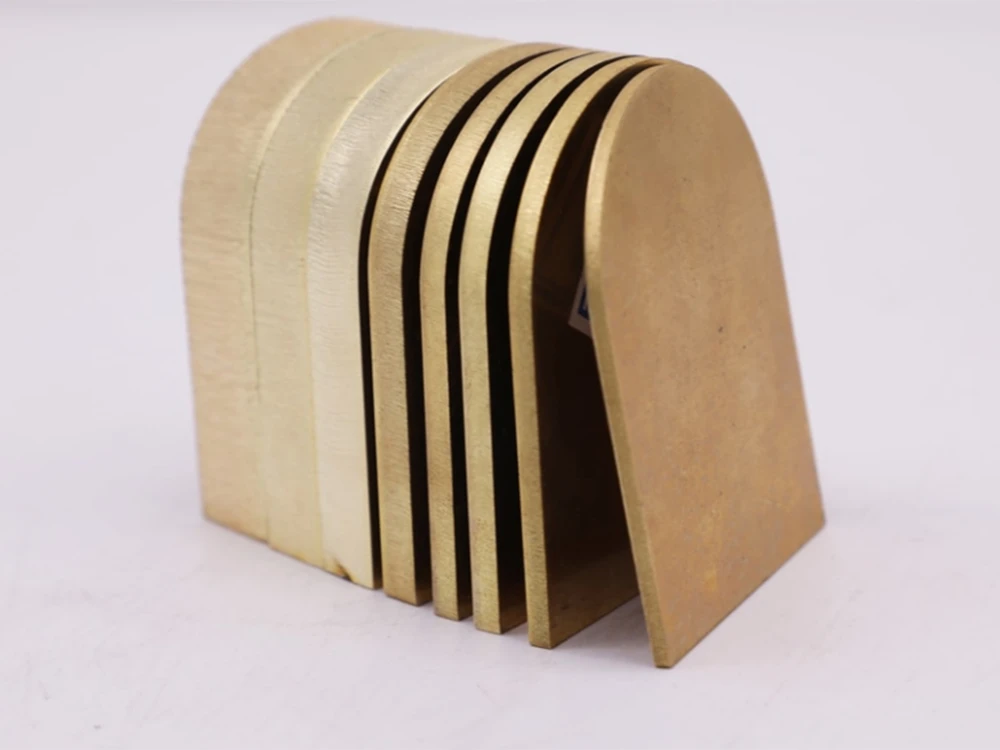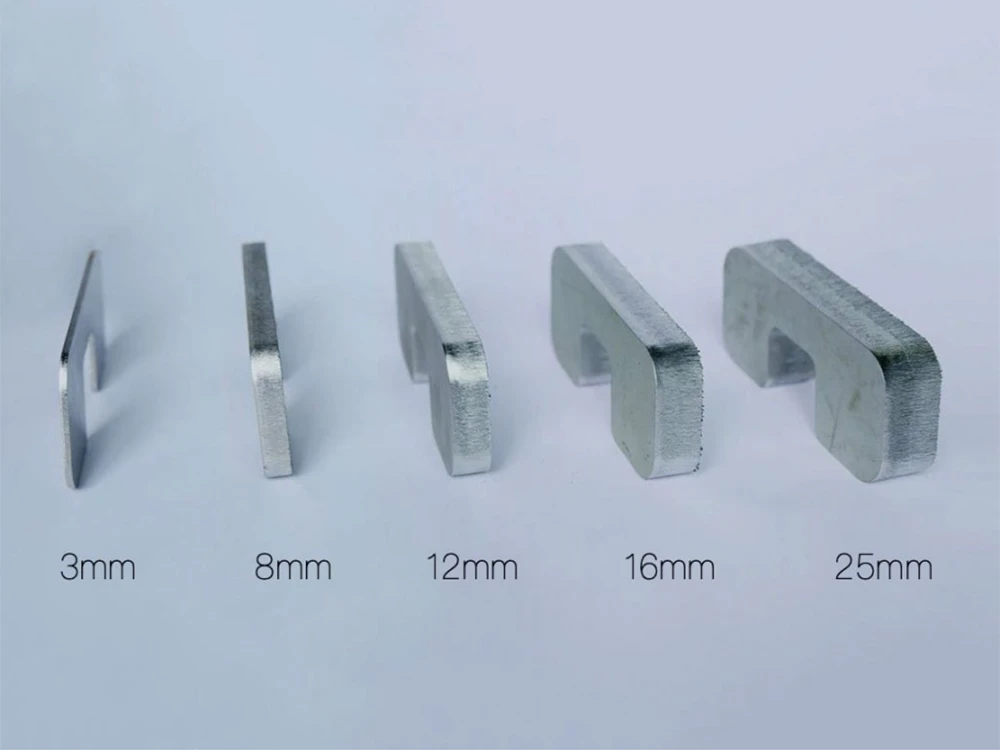Introduction:
Today we will talk about the topic of fiber laser cutting machine cutting materials. Although the application range of laser cutting machines is relatively wide, this does not mean that all materials are suitable. The following is an analysis for everyone. Fiber laser cutting machines can cut a variety of materials, including stainless steel, carbon steel, aluminum, brass, copper, titanium, nickel, and gold.
NOTE: Each material has its properties and requires specific laser parameters to achieve the desired results. Be sure to check with your machine’s manufacturer or supplier for recommended settings for each material.
Stainless steel
Fiber laser cutting machines are ideal for cutting stainless steel, which is highly reflective and thermally conductive, making it difficult to cut by other methods. However, fiber laser cutting machines can cut stainless steel with high precision and speed, making them a popular choice in many industries including aerospace, automotive, and medical. The fiber laser’s wavelength is absorbed by the stainless steel, causing localized heating and ultimately cutting off the material.

Carbon steel
Fiber laser cutting machines can cut carbon steel very efficiently. , carbon steel is the material commonly used in manufacturing because of its affordability, high tensile strength, and durability. Carbon steel is also sometimes difficult to cut with other cutting methods due to its high reflectivity. However, fiber laser cutting machines can easily make clean, precise cuts on carbon steel. Fiber lasers have wavelengths that are easily absorbed by carbon steel, causing localized heating for clean cuts.

Brass
Fiber laser cutting mamachinesan cut brass with high precision, and brass has become a widely used material in the manufacturing industry because of its excellent strength, corrosion resistance, and aesthetics. However, the reflective nature of brass can make it a bit tricky to cut using traditional cutting methods. However, when using a fiber laser cutting machine, the high-intensity beam of the laser can easily melt and vaporize the brass material, resulting in sharp and clean cuts. The fiber laser’s wavelength is absorbed by the brass, causing localized heating that eventually causes the material to melt and evaporate. The process is fast and precise, making fiber laser cutting ideal for cutting brass materials.

Aluminum
Fiber laser cutting machines can effortlessly cut aluminum, a material commonly used in manufacturing because of its excellent strength, low density, and thermal conductivity. It is less reflective than steel, making it easier to cut with a laser cutter. Fiber laser cutting machines can produce clean, sharp cuts in aluminum with high precision and speed. The wavelength of fiber lasers is well absorbed by aluminum, causing localized heating and ultimately cutting off the material. This unique cutting capability of fiber laser technology makes it ideal for cutting aluminum.

At this stage, the fiber laser cutting machine models are mainly aimed at thin plate cutting and have obvious advantages. For example, carbon steel and stainless steel below 20mm can be accurately processed. Thick plate cutting is the future development direction of laser cutting machines. Fiber laser cutting technology has developed along with the development of the sheet metal processing industry. It also plays an important role in promoting the progress of social production.
